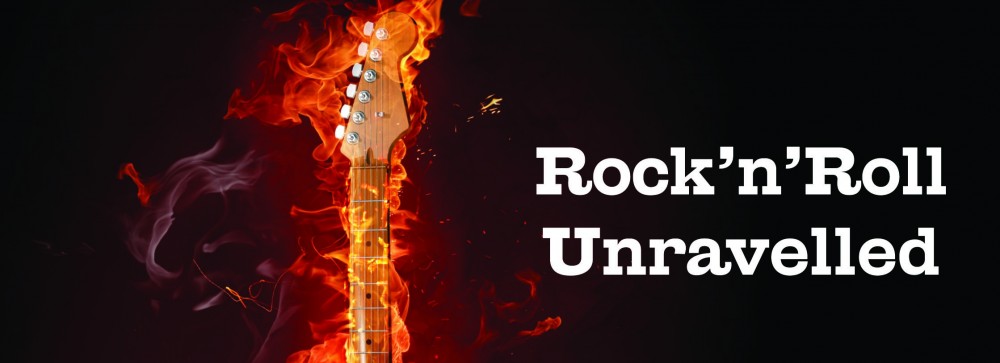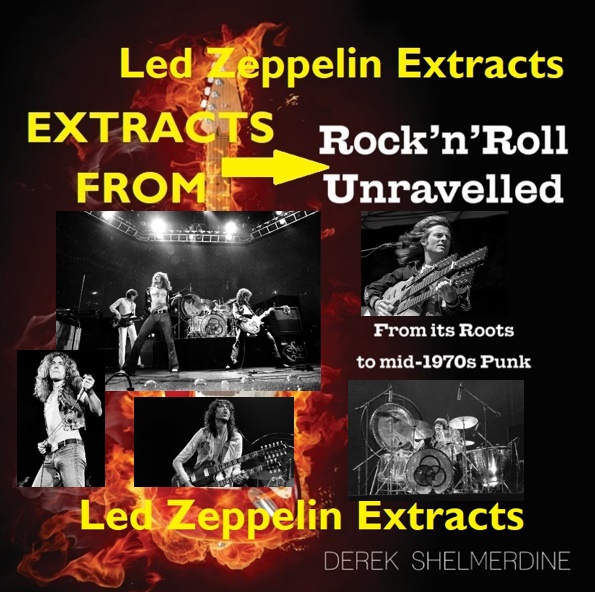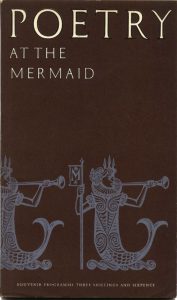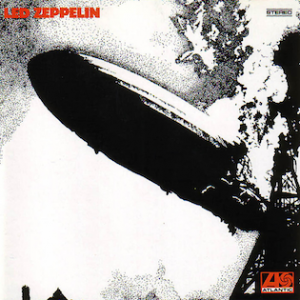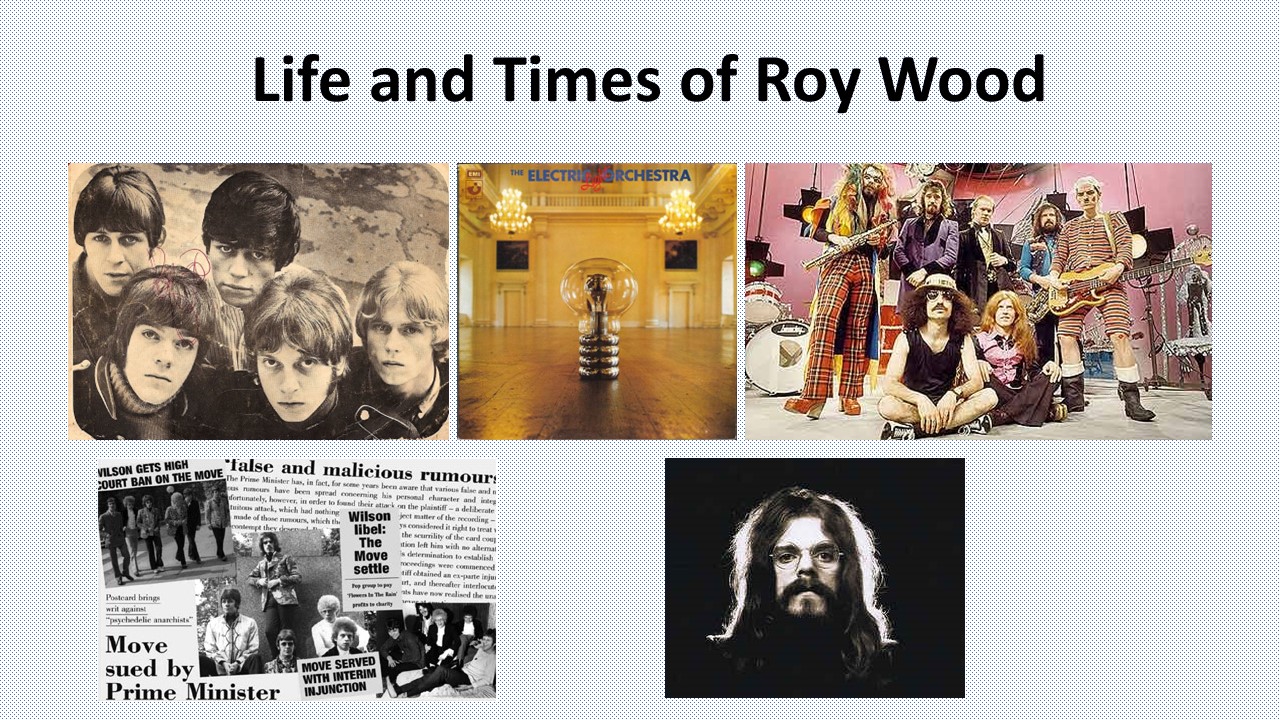Led Zeppelin Extracts
The following Led Zeppelin extracts are all taken from the pages of Rock’n’Roll Unravelled and build up to tell the story of Led Zeppelin. There are only a few of the Led Zeppelin items here, to give a flavour of their story; the book has a far more comprehensive coverage.
(An * with a date indicates an associated story in Rock’n’Roll Unravelled, that story might not appear here.)
Contents
How Led Zeppelin came together
-
- ROAD TO LED ZEPPELIN
- 21 July 1961: Jimmy Page – Backed beat poet Royston Ellis in a fusion of poetry and music
- 21 June 1966: Jimmy Page – First gig with the Yardbirds
- 23 February 1968: Plant & Bonham – From Band of Joy to Led Zeppelin
Led Zeppelin Highlights…
- 7 September 1968: Debut gig – billed as “Yardbirds”
- 12 January 1969: Released first album Led Zeppelin (US)
- 28 July 1969: Notorious Edgewater Inn Mud Shark Incident
- 31 October 1969: Released Led Zeppelin II (UK)
- 23 October 1970: released Led Zeppelin III (UK)
ROAD TO LED ZEPPELIN
Robert Plant and John Bonham:
Crawling King Snakes
Plant and Bonham went their separate ways but came back together in Band of Joy.
Robert Plant: singer and founding member
John Bonham: drums – joined Plant in his re-formed Band of Joy
Band of Joy split up, Plant and Bonham once again went their separate ways.
Robert Plant recorded with Alexis Korner before joining Hobbstweedle
John Bonham accepted the offer to join Tim Rose’s touring band
John Paul Jones worked with:
Jet Harris and Tony Meehan
Andrew Loog Oldham and copious other session work:
Before the Yardbirds, Jimmy Page was a member of:
Red E Lewis and the Red Caps – late 1950s
Neil Christian and the Crusaders – morphed from Red E Lewis and the Red Caps
Cyril Davies and His Rhythm and Blues All Stars – original guitarist
Carter Lewis and the Southerners
Page was also in great demand as a session guitarist.
Lineup when The Yardbirds imploded:
Jimmy Page guitar
Keith Relf vocals and harmonica
Chris Dreja bass
Jim McCarty drums
Peter Grant manager
Relf and McCarty left and formed Together, which morphed into Renaissance.
Dreja quit the music business to become a photographer.
Manager Peter Grant and guitarist Jimmy Page set out to build a new band.
They recruited Plant, on came Bonham and Jones … and Led Zeppelin was born.
21 July 1961: Jimmy Page – Backed beat poet Royston Ellis in a fusion of music and poetry
Seventeen-year-old future Led Zeppelin guitarist Jimmy Page accompanied British beat poet Royston Ellis in a fusion of music and poetry, during the Poetry at the Mermaid festival at London’s Mermaid Theatre.
Jimmy Page joined his first group Red E Lewis and the Red Caps in the late 1950s, at the turn of the decade they morphed into Neil Christian and the Crusaders. Ellis had seen Page perform with the band on a number of occasions and invited him to appear at the poetry festival, to play guitar as an accompaniment to his reading of beat poetry.
Ellis was an accomplished beat poet and writer, who had also given poetry readings around this time accompanied by members of the pre-Hamburg Beatles and Cliff Richard’s backing group the Shadows.
As part of the Dissenters, John Lennon and Stuart Sutcliff performed with Ellis at Liverpool’s Jacaranda club in June 1960. It was after this gig that the group was inspired to change the spelling of their name from “The Silver Beetles” to “The Silver Beatles”,104 in line with the “beat” literature and poetry of the time. Ellis was an inspiration for the Beatles songs Paperback Writer and Polythene Pam.
21 June 1966: Jimmy Page – First gig with the Yardbirds
When Jimmy Page joined the Yardbirds it was to replace the recently departed bass guitarist Paul Samwell-Smith. His first gig with the band was at the Marquee club in London’s Soho. This was to be the group’s last outing there.
Jimmy Page continued on bass whilst rhythm guitarist Chris Dreja brought himself up to speed with the new instrument. For a short while after Dreja switched from six to four strings, the Yardbirds sported the dual lead guitars of Jeff Beck and Jimmy Page.
23 February 1968: Plant & Bonham – From Band of Joy to Led Zeppelin
Band of Joy played London’s Marquee club shortly before splitting up. The lineup that night included future Led Zeppelin members, singer Robert Plant and drummer John Bonham. Advertised as a “Blues Night” and billed as “Robert Plant and the Band of Joy”, the evening’s entertainment was headlined by Tim Rose and also featured the Aynsley Dunbar Retaliation.
Plant was fired from the original Band of Joy but responded by forming his own group and calling it – “Band of Joy”. This second Band of Joy included drummer John Bonham, who had previously played alongside Plant in the Crawling King Snakes.
Band of Joy went their separate ways soon after this gig. Bonham had impressed Tim Rose so much that he was invited to join Rose’s touring band. Despite being at a loose end and working as a labourer, Plant’s rock’n’roll ambitions lived on. This included a stint with the Godfather of British blues Alexis Korner, where he recorded Steal Away and Operator. It was Plant’s next group Hobbstweedle that proved to be his final stop before finding international fame with Led Zeppelin.
Terry Reid declined the offer to be vocalist…
The Yardbirds played their last gig on 7 July*. Singer Terry Reid was approached by the Yardbirds’ guitarist Jimmy Page to front his new band but Reid declined and recommended Robert Plant. Page, Yardbirds’ bassist Chris Dreja and manager Peter Grant went to watch a Hobbstweedle gig to see Plant in action. The Yardbirds were still contracted for a Scandinavian tour but by then Dreja had moved on to become a professional photographer. Page had worked with bassist John Paul Jones on numerous session recordings and invited him to join his new group. Robert Plant recommended his old drumming buddy John Bonham and, with Peter Grant at the helm as manager, Led Zeppelin played their first gig under that name on 9 November*.
Band of Joy also counted other rock luminaries amongst its members. Future Slade frontman Noddy Holder was a roadie; drummer Pete Robinson and guitarist Kevyn Gammond went on to join Jess Roden in Bronco; and future Fairport Convention and Jethro Tull bassist Dave Pegg briefly adorned the lineup.
7 September 1968: debut gig … billed as “Yardbirds”
The first concert performance for guitarist Jimmy Page, vocalist Robert Plant, drummer John Bonham and bass player John Paul Jones was at the Teen Clubs in Gladsaxe, Denmark – billed as “Yardbirds”.
Keith Relf, Jim McCarty, Jimmy Page and Chris Dreja played their final gig together as the Yardbirds in Luton on 7 July*. Singer Relf and drummer McCarty left shortly afterwards to form Together. Guitarist Page and bassist Dreja then set about replacing them. They approached a number of people, including vocalist Terry Reid. He famously turned down the offer but recommended his friend Robert Plant. Plant in turn recommended John Bonham as their drummer. During this Yardbirds-to-Zeppelin transition Dreja also moved on to pastures green, embarking on a career as a professional photographer. The new lineup was completed by bass player and arranger John Paul Jones.
Manager Peter Grant was still committed, as “The Yardbirds”, to a ten-day tour of Denmark and Sweden. After a short rehearsal they played their first gig. Following their return to the UK they continued as “The Yardbirds” or “New Yardbirds”, before playing their first gig as “Led Zeppelin” on 9 November*.
12 January 1969: released 1st album Led Zeppelin (US)
Shortly after morphing from the New Yardbirds into Led Zeppelin, the band entered Olympic Studios on 27 September* 1968 to record material for their first album. At this stage they were still without a recording deal. A situation rectified in November, when manager Peter Grant flew to America and signed a deal with Atlantic Records.
The band embarked on a series of American gigs. Their eponymous album was released stateside, two and a half months before it found its way into British shops.
Muddy Waters’s You Shook Me was included as one of the covers on the album. The song started out as the Earl Hooker penned instrumental Blue Guitar Blues, which he recorded as a single in 1961. Willie Dixon added lyrics and it became You Shook Me and a single for Muddy Waters in 1962.
28 July 1969: notorious Edgewater Inn Mud Shark Incident
One of après-rock’s most notorious events followed a Led Zeppelin performance at the Seattle Pop Festival. It became known as the Edgewater Inn Mud Shark Incident.
Accounts of the precise circumstances vary but the incident took place at Led Zeppelin’s hotel, during an after-show party with fellow musicians Vanilla Fudge. The Edgewater Inn was built on a pier looking directly onto Puget Sound and hotel guests were encouraged to fish out of their bedroom windows. Earlier in the day members of Zeppelin’s road crew had been fishing out of their windows and had landed a number of mud sharks, which they hung up in the wardrobe. Urban legend has it, at the party that night members of Zeppelin’s entourage frolicked with a groupie who was pleasured by using a mud shark as a makeshift sex-toy.
Some accounts suggest that the groupie was a redhead and that the fish involved was not a shark but a red snapper.
Frank Zappa immortalised the incident in his song The Mud Shark, on his album Fillmore East, June 1971. In it he suggests that Vanilla Fudge filmed the episode.
31 October 1969: released Led Zeppelin II (UK)
This second album found Led Zeppelin in publishing disputes over three of the tracks. Initially they only credited the band members as the writers. Legal actions followed from two blues legends and the authorship of the songs was suitably amended.
Willie Dixon was added to the writing credits for Whole Lotta Love, after identifying links to his song You Need Love. Dixon was also subsequently acknowledged for Bring It on Home. Howlin’ Wolf (Chester Burnett) received his recognition for The Lemon Song, owing to the similarity with his blues standard, Killing Floor.
23 October 1970: released Led Zeppelin III (UK)
Jimmy Page’s interest in the occult and the doctrines of Aleister Crowley led to the words “Do what thou wilt” and “So mete it be” being written into the run-out groove of the early album releases.
“Do what thou wilt …” was taken from a line in verse 40, Chapter 1, of Aleister Crowley’s book, The Book of the Law.
The last track on the album, Hats Off to (Roy) Harper, was a tribute to the British folk singer. Harper was a friend of the band and sometimes opened for them. John Bonham and Jimmy Page returned the compliment by performing in Harper’s backing group, Intergalactic Elephant Band, at his Rainbow Theatre concert on 14 February* 1974. Listed as “S Flavius Mercurius”, Page also appeared on Harper’s 1971 album Stormcock.
Led Zeppelin extracts – to be continued…
